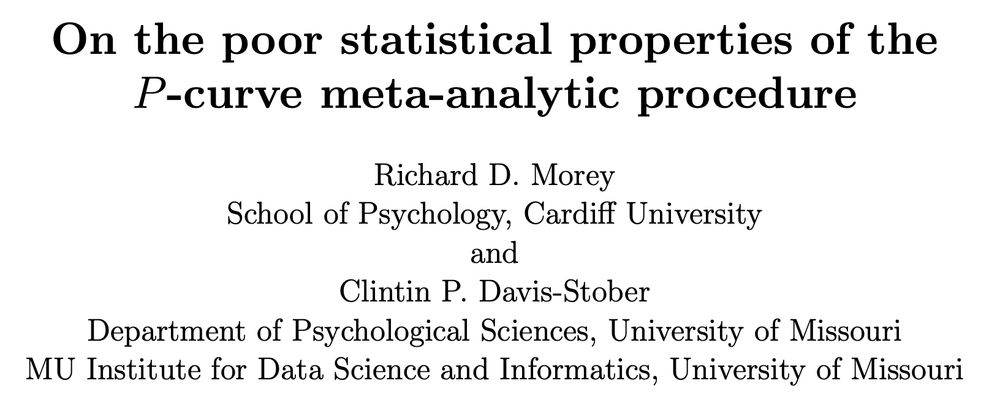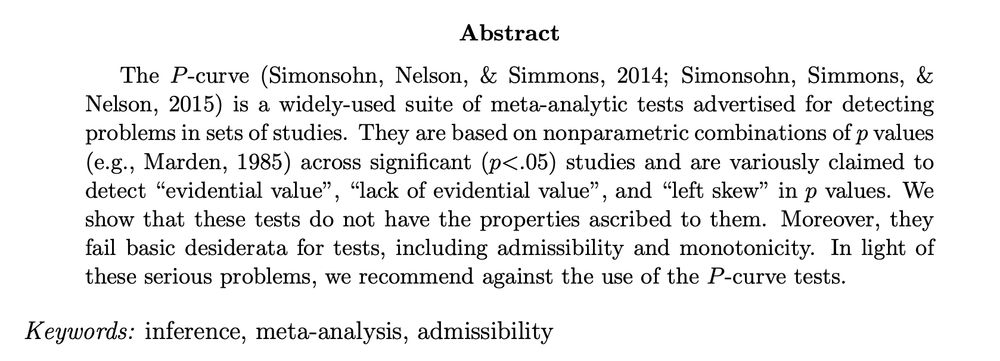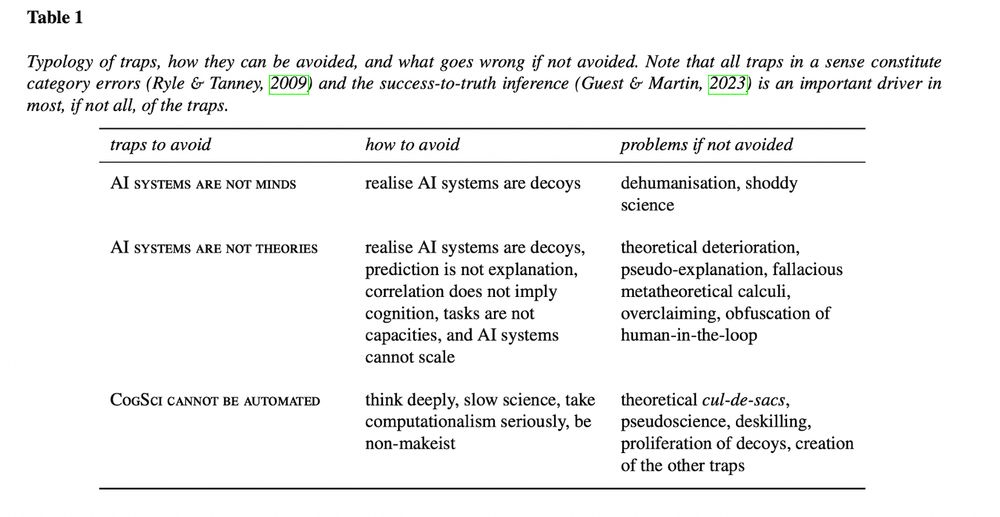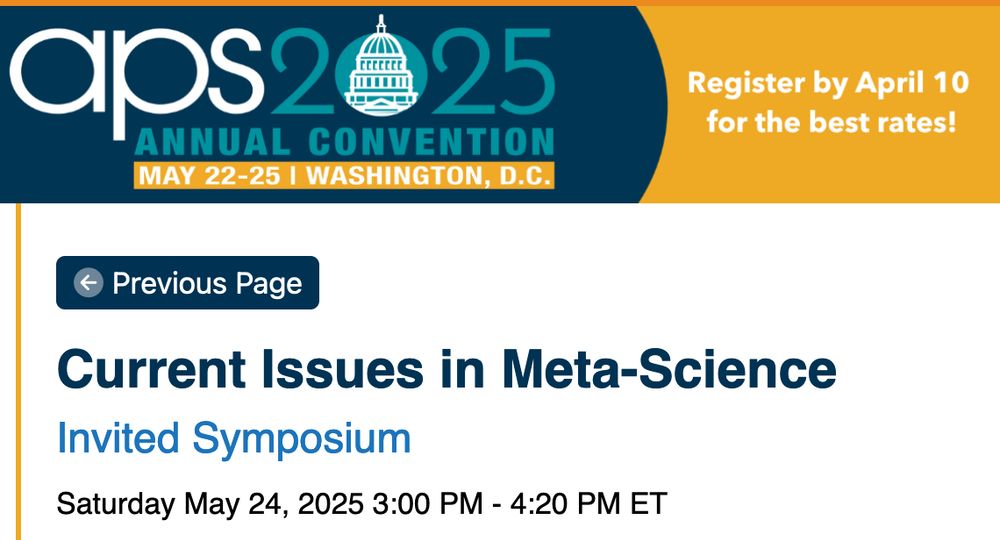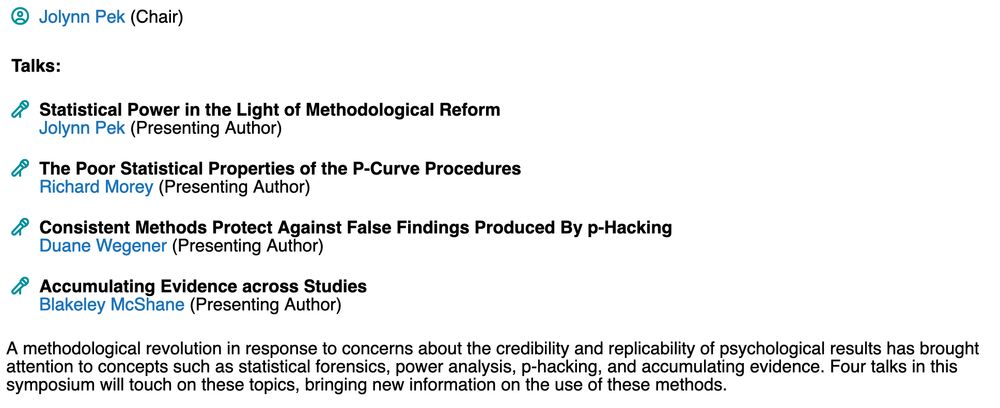Clintin Davis-Stober
@clintin.bsky.social
2.4K followers
2.1K following
49 posts
Professor, quantitative psychology, decision theory, data science, mathematics, statistics, open science, modeling, weight lifting, photography, enjoyer of poetry
www.davis-stober.com
Posts
Media
Videos
Starter Packs
Reposted by Clintin Davis-Stober
Reposted by Clintin Davis-Stober
Berna Devezer
@devezer.bsky.social
· Aug 14
John Kennedy
@micefearboggis.bsky.social
· Aug 13

How to science a science with science
The purest description of the scientific method I ever saw was in a novel by Kurt Vonnegut. A workman discovers that if he puts a bucket full of nuts and bolts on one of the many supporting struts …
diagrammonkey.wordpress.com
Reposted by Clintin Davis-Stober
Carl T. Bergstrom
@carlbergstrom.com
· Aug 12

RFK Jr. in interview with Scripps News: ‘Trusting the experts is not science’
HHS Secretary RFK Jr. sat down with Scripps News for a wide-ranging interview, discussing mRNA vaccine funding policy changes and a recent shooting at the Centers for Disease Control and Prevention.
www.scrippsnews.com
Reposted by Clintin Davis-Stober
Clintin Davis-Stober
@clintin.bsky.social
· Aug 10
Reposted by Clintin Davis-Stober
Berna Devezer
@devezer.bsky.social
· Aug 10

The case for formal methodology in scientific reform | Royal Society Open Science
Current attempts at methodological reform in sciences come in response to an overall
lack of rigor in methodological and scientific practices in experimental sciences.
However, most methodological ref...
share.google
Reposted by Clintin Davis-Stober
Berna Devezer
@devezer.bsky.social
· Aug 10
Clintin Davis-Stober
@clintin.bsky.social
· Aug 10
Clintin Davis-Stober
@clintin.bsky.social
· Aug 10
Clintin Davis-Stober
@clintin.bsky.social
· Aug 10
Clintin Davis-Stober
@clintin.bsky.social
· Aug 10
Reposted by Clintin Davis-Stober
Daniel Heck
@danielheck.bsky.social
· Jun 12
Clintin Davis-Stober
@clintin.bsky.social
· Jun 11
Reposted by Clintin Davis-Stober
Reposted by Clintin Davis-Stober
Reposted by Clintin Davis-Stober
Clintin Davis-Stober
@clintin.bsky.social
· May 20
Reposted by Clintin Davis-Stober



